Deep House is one of the most captivating and immersive genres around.
It’s made up of smooth, soulful vocals, deep bass lines, and lush chords that create a relaxing yet addicting vibe.
As a music producer, knowing how to make deep house beats that really groove and instantly captivate listeners is a valuable skill.
Done correctly, it can elevate your tracks to new heights and help you stand out in the crowded electronic dance music scene.
In this article, you’ll learn everything you need to know about how to make deep house beats, including:
- Understanding its essence ✓
- DAW Selection, essential plugins & choosing the right samples ✓
- Setting the BPM ✓
- Layering Kick Drums ✓
- Creating killer Bass Lines ✓
- Adding Groove and Swing ✓
- Programming Hi-Hats ✓
- Incorporating Claps and Snares ✓
- Designing Chords and Pads ✓
- Creating Lead Synths ✓
- Structuring Your Track ✓
- Mixing Techniques & mastering tips ✓
- Adding Vocals ✓
- Creating Ambiance ✓
- Advanced deep house production tips ✓
After reading this article (which is basically your personal deep house tutorial), you’ll know everything about how to make deep house beats like a professional.
This way, you can produce music that people just can’t get out of their head and completely dominate the dance floor in the process.
Plus, you’ll be able to create unique, captivating deep house tracks that land on the top of everyone’s playlists.
So, let’s dive in…
Table of Contents
What Makes Deep House Music Special?
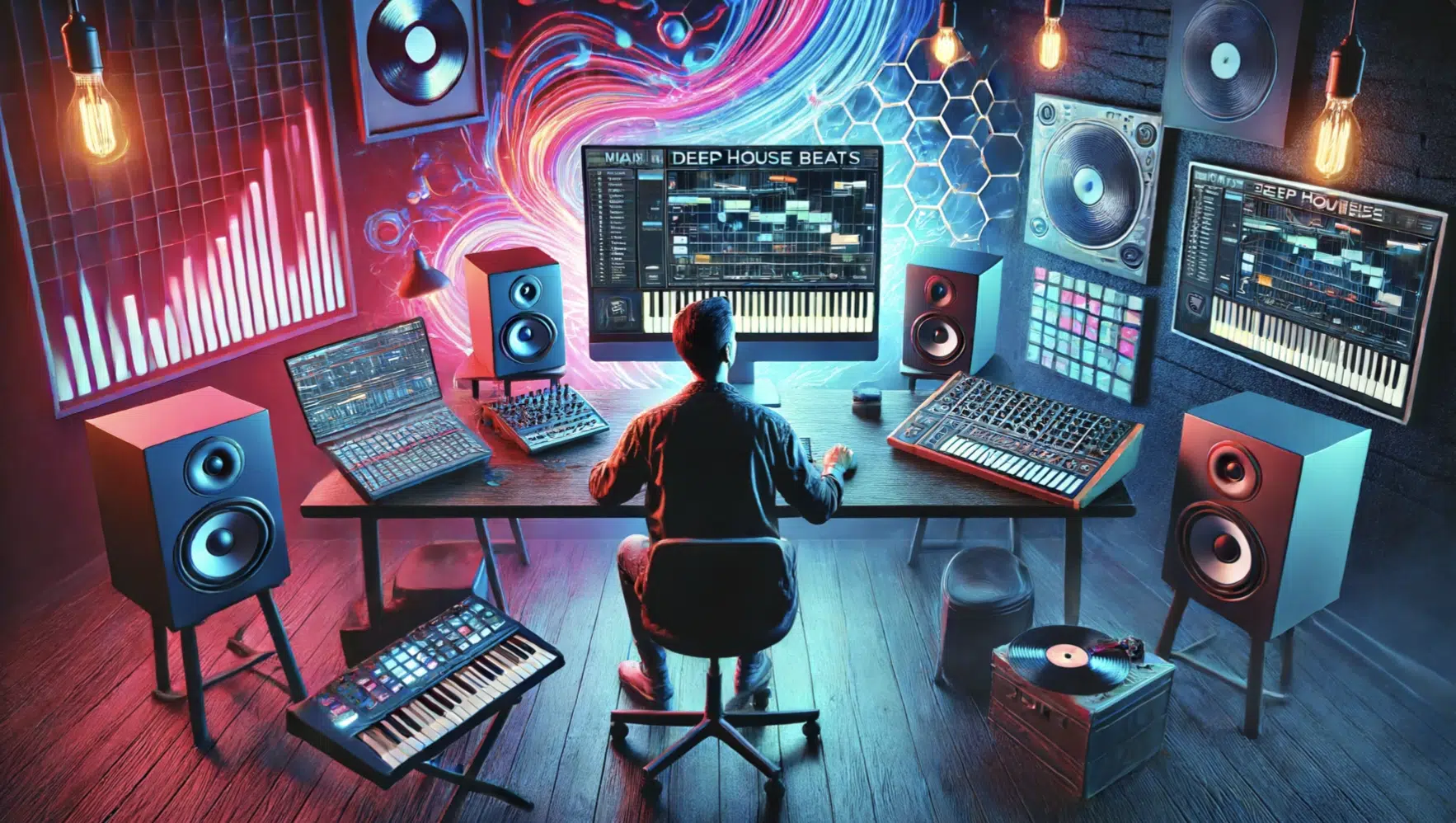
Deep house music, a subgenre of house music, originated in the 1980s and has become a staple in electronic dance music.
Characterized by its slower tempo, typically around 120-125 BPM, deep house features:
- Smooth, soulful vocals
- Deep bass lines
- Lush chords
This unique genre blends elements of soul, jazz, and electronic dance music 一 creating a chill, danceable atmosphere.
Many deep house songs emphasize groove and ambiance, which makes them perfect for late-night sets and chill-out sessions.
Understanding how to make deep house music opens up creative possibilities for producing tracks that resonate with listeners.
Don’t worry, we’ll break it all down, in detail, throughout the article.
How to Make Deep House Beats: The Right Tools
To master how to make deep house music, you need the right tools. So, let’s break down the essential equipment and software that you’ll need to make sure your tracks are super clean.
-
DAW Selection
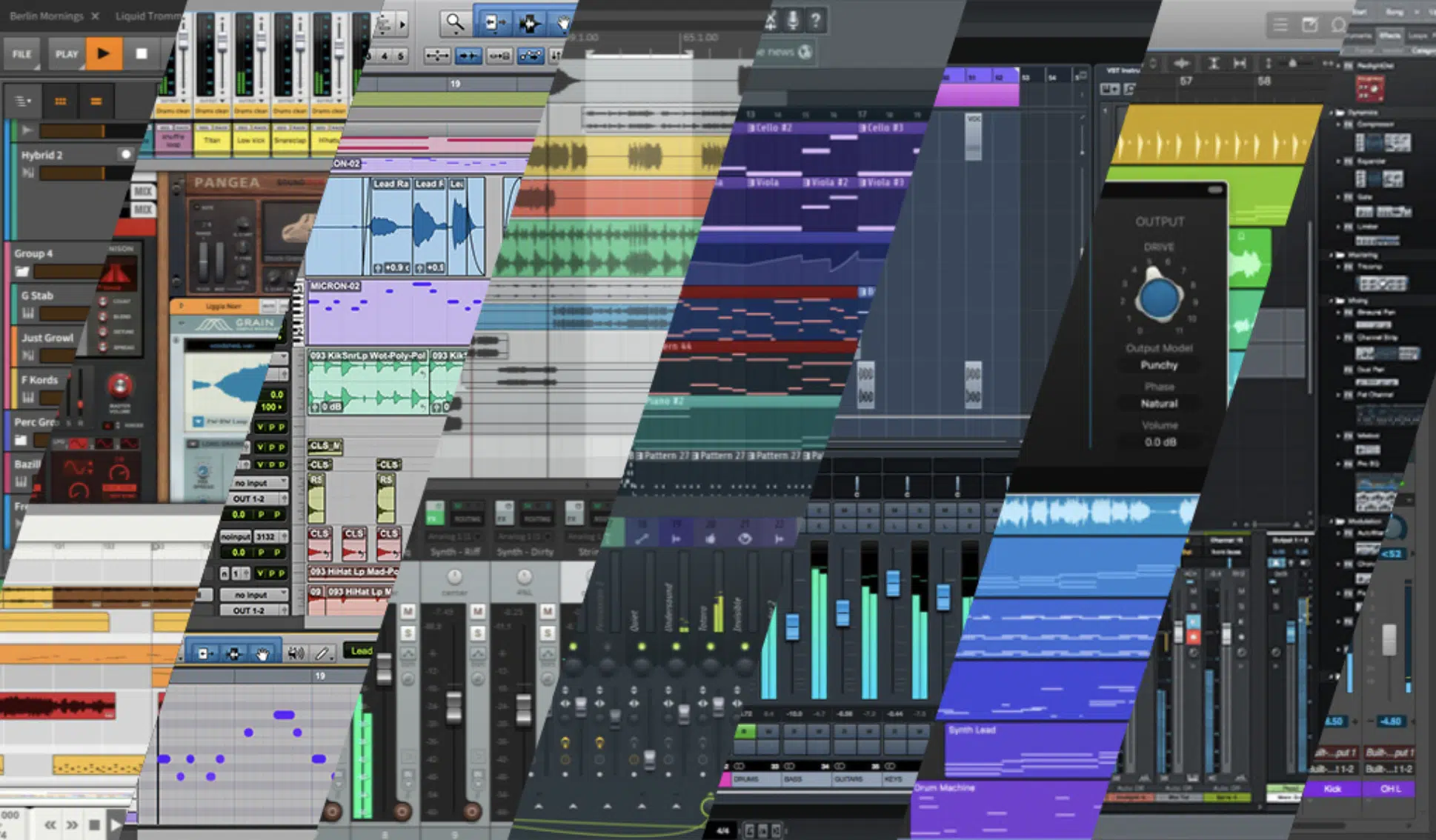
Choosing the right Digital Audio Workstation (DAW) is the first step in deep house production, like:
Each DAW offers unique features tailored to different production styles.
FL Studio is user-friendly with a powerful piano roll for creating melodies and bass lines.
Ableton Live excels in live performance and real-time manipulation, making it ideal for creating deep house music.
Logic Pro provides advanced mixing tools and a robust sound library, which is why it’s a favorite among many top producers.
Whether you choose FL Studio, Ableton Live, or Logic Pro, make sure your DAW supports VST/AU plugins and has good MIDI capabilities.
Experiment with different DAWs to find the one that best fits your workflow and unique production style.
-
Essential Plugins and VSTs
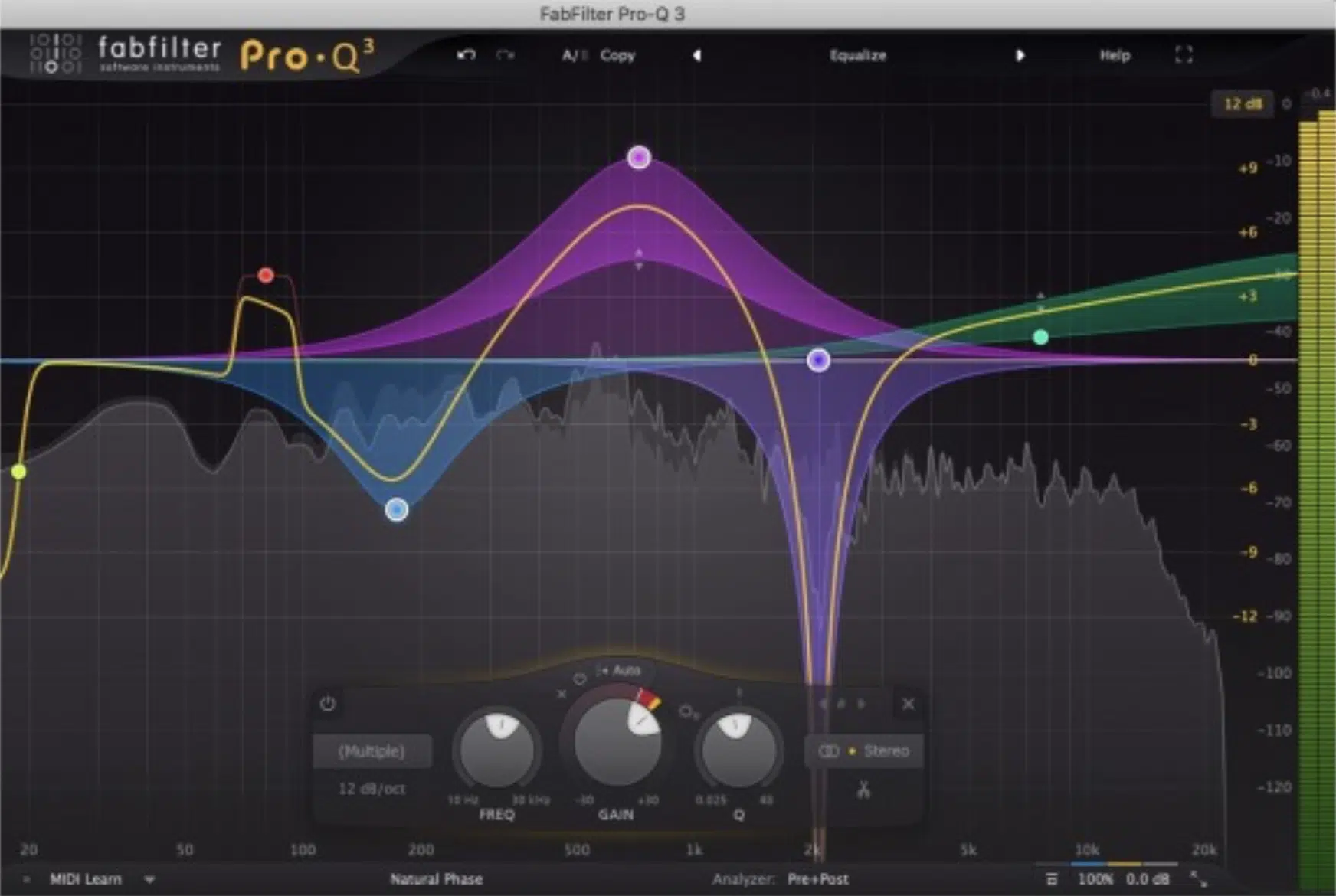
Plugins and VSTs are essential for creating the signature sounds of deep house.
For bass lines, synth elements, and effects, plugins like Serum, Massive, and Sylenth1 are super popular choices.
Effects plugins can add depth and character to your tracks, such as:
- FabFilter Pro-Q3 for EQ
- Valhalla Room for reverb
- Soundtoys EchoBoy for delay
Using a stereo imaging plugin like iZotope Ozone can enhance the stereo spread, making your tracks sound wider and more professional.
Don’t forget to explore classic plugins like Korg M1 for those iconic deep house electric piano sounds, which people go crazy for.
-
Choosing the Right Samples
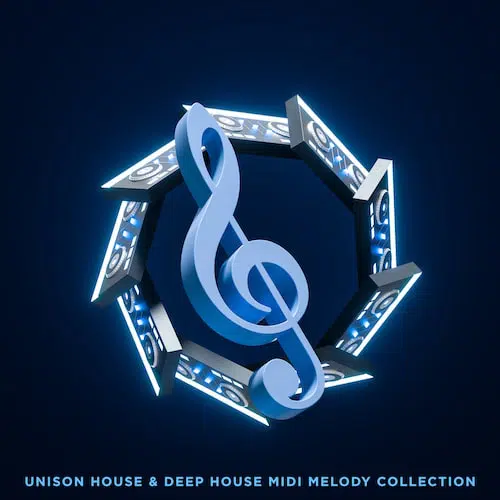
Selecting high-quality samples is key to producing professional-sounding deep house music, because sound selection is absolutely everything.
Look for:
- Kick samples that have a warm, deep tone
- Hi-hats that add a crisp, rhythmic layer
- Claps and snares that blend smoothly with your other drum elements
Incorporate claps and snares that blend smoothly with the rest of your drum elements.
You can even use field recordings and Rhodes pianos (samples) to add unique textures to your tracks. Layering different samples can also help create a fuller, more dynamic sound.
Building Your Deep House Beat: Step-by-Step
Building your deep house beat involves several steps that you’ll need to master. Let’s break down the process 一 from choosing the BPM to layering your kick drums.
-
Choosing the Right BPM
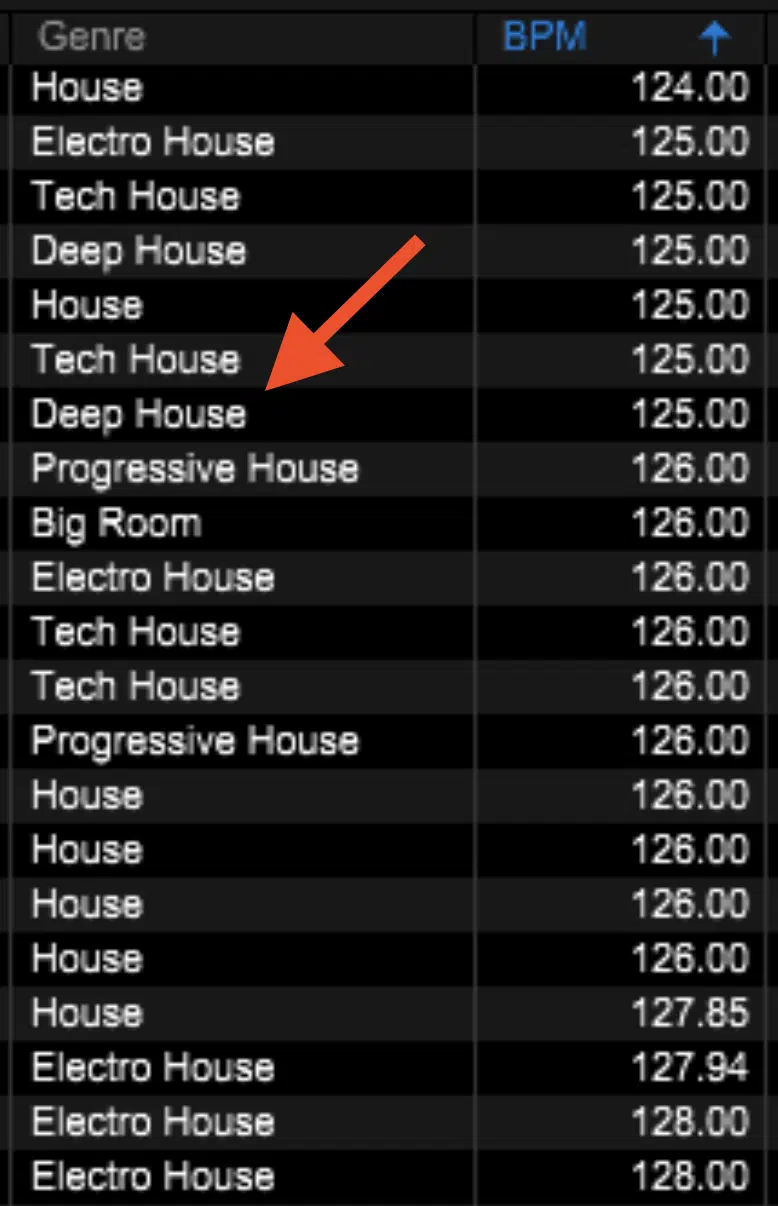
Deep house tracks typically have a BPM (Beats Per Minute) between 120-125, which gives your track a laid-back yet danceable groove.
Experiment with different tempos within this range to see what fits the vibe you’re aiming for, and roll with it.
Use your DAW’s metronome to lock in the tempo and keep your elements in sync.
The slower tempo allows for more space between beats 一 giving your track a groovy, flowing, smooth feel.
Remember to always adjust the BPM as your track develops to ensure it maintains the desired energy and feel.
-
Selecting and Layering Kick Drums

The kick drum is the foundation of any deep house track, so make sure to choose a kick sample with a warm, deep tone.
#1. Layer multiple kick samples to add depth and punch.
#2. Use EQ to carve out frequencies and ensure your kick cuts through the mix.
#3. Add subtle distortion for extra warmth and character. For instance, layering a low-end kick with a mid-range punchy kick can give your beat a fuller sound.
#4. Use sidechain compression to make the kick drum more prominent in the mix.
Experiment with different kick samples and layering techniques to achieve the perfect kick sound for your track.
Side note, if you’d like to learn everything about sidechaining, we’ve got you covered.
-
Laying Down Your Bass Line
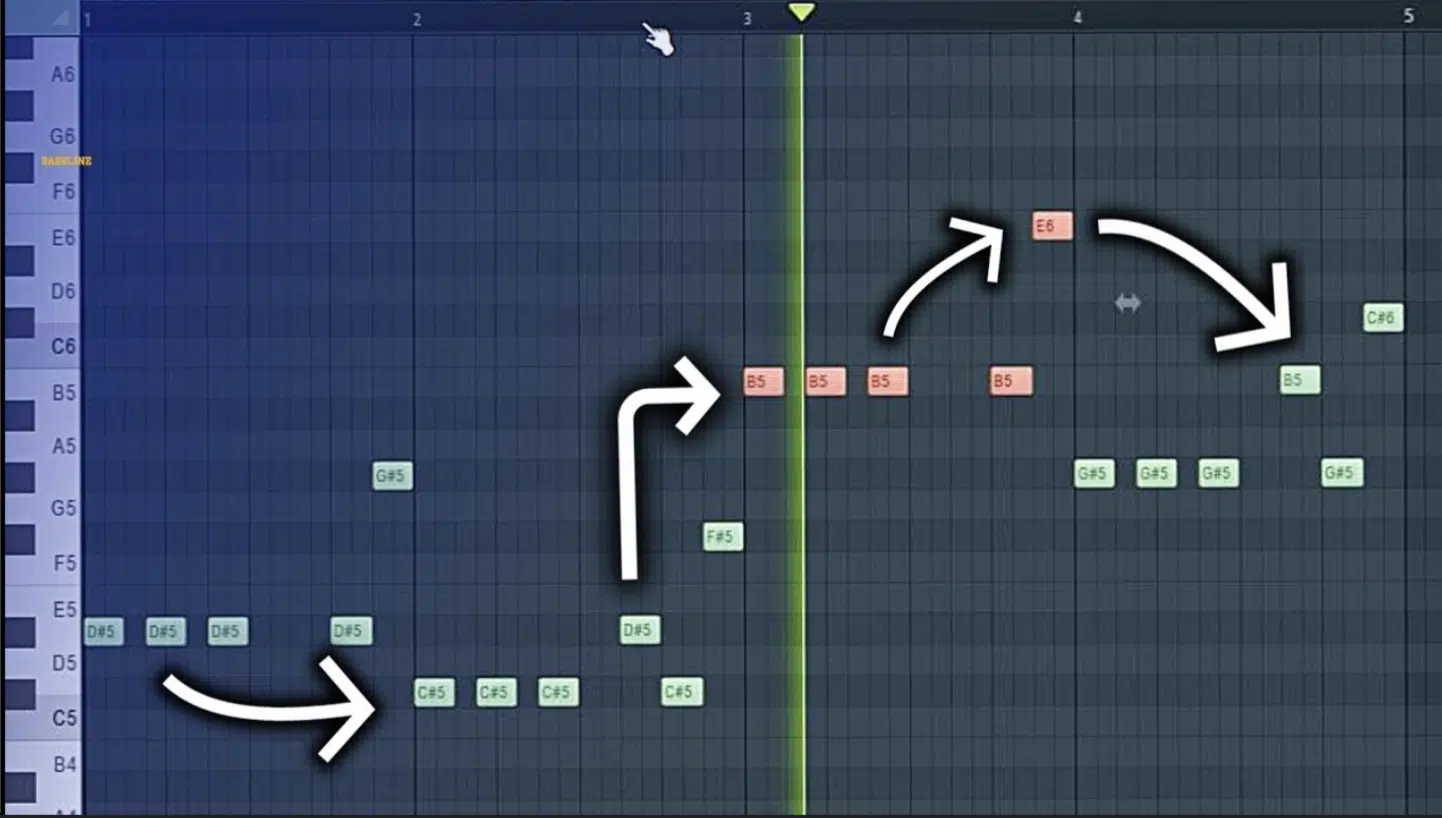
A deep, rolling bass line is everything when it comes to deep house music 一 use a synth like Serum or Massive to design your bass sound (complementing your kick).
Create a simple yet catchy bass pattern that follows each root note of your chord progression.
Use a low-pass filter to remove high frequencies 一 giving your bass a warm and deep character that, as a producer, you need to get familiar with.
Keep in mind that layering a sub-bass underneath the main bass line can add extra depth and make sure to experiment with different notes and octaves.
This way you’ll be able to find that perfect bass groove.
Also, try adding a bit of saturation to make the bass stand out in the mix and always make sure the bass line vibes well with the kick drum.
It’s all about creating a cohesive rhythm section.
-
Pro Tip: Groove and Swing in Basslines
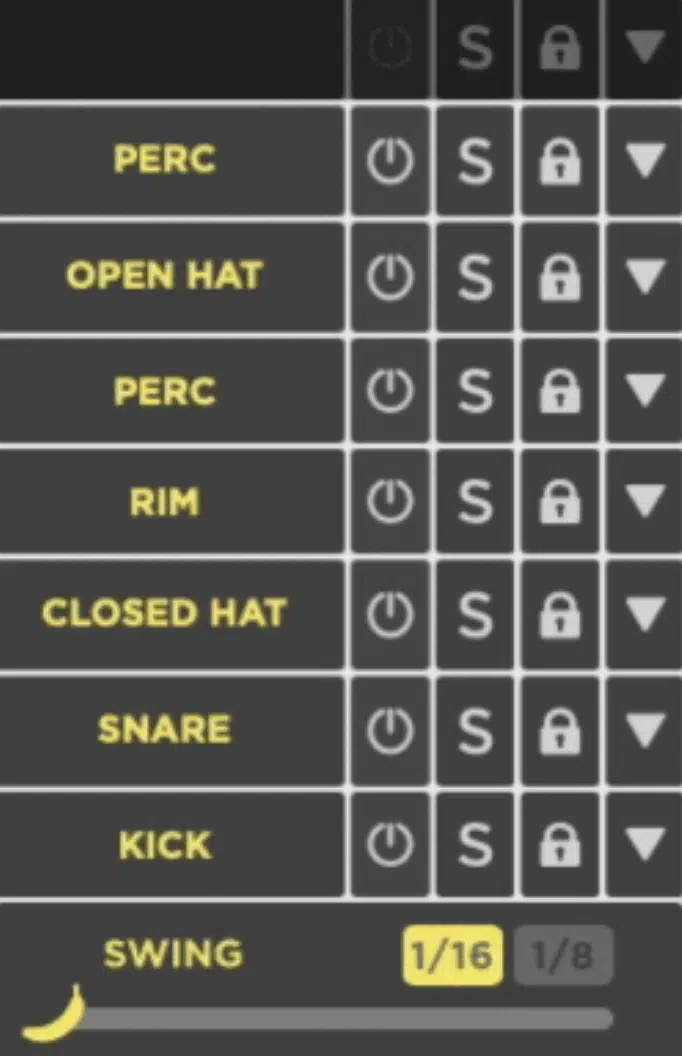
Adding groove and swing to your bass lines can make your deep house track really stand out and capture people’s attention.
Use your DAW’s groove pool or swing settings to add a more human feel to your bass pattern.
This human feel technique can help your bass line interact more naturally with other rhythmic elements 一 creating a cohesive and dynamic track.
Don’t be afraid to experiment with different swing amounts to find the right feel.
Creating the Groove
When it comes to deep house music, the groove is essentially the heartbeat. So, let’s dive into how to create some much-needed groove.
-
Programming Hi-Hats and Percussion
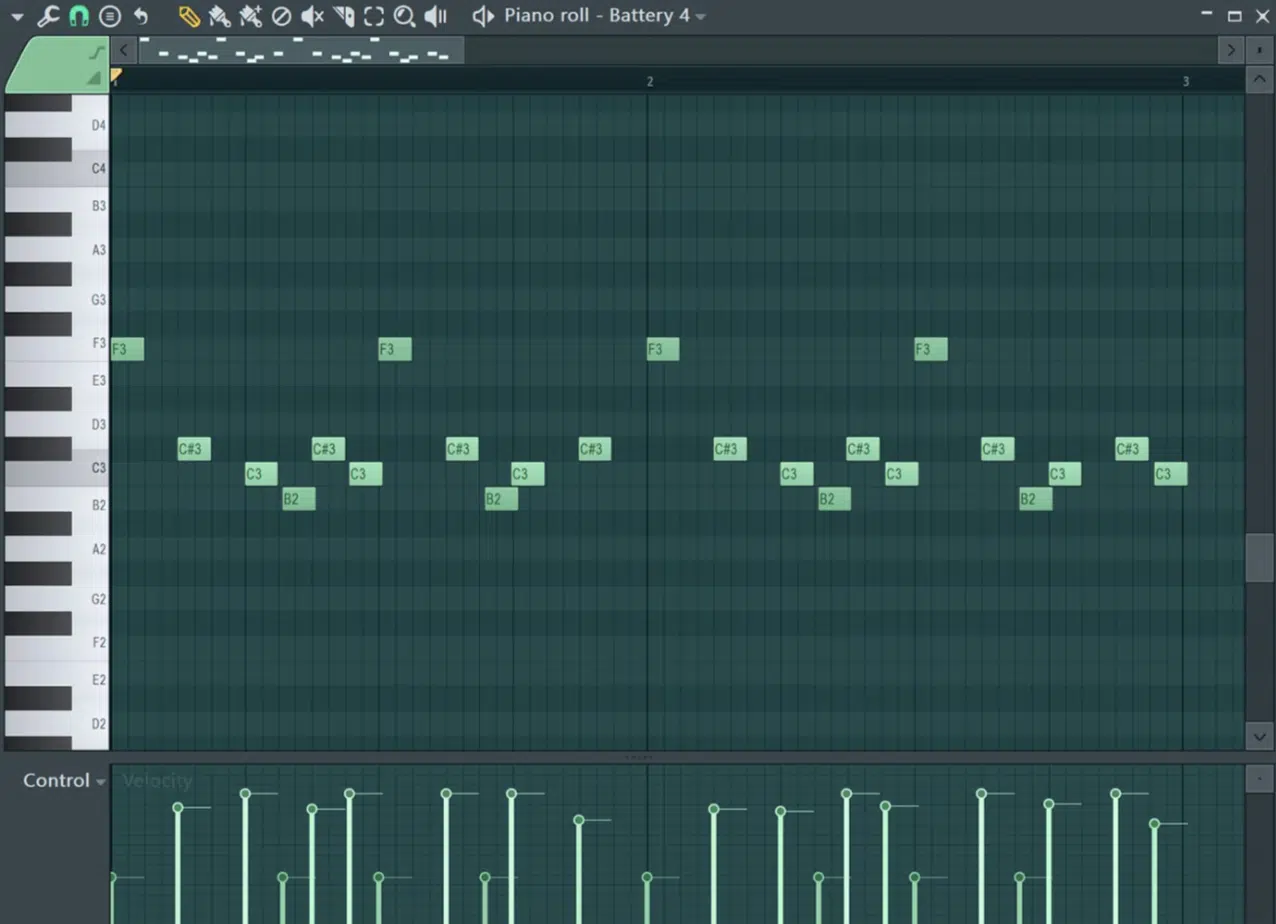
Hi-hats and percussion are key elements in deep house tracks.
So, start by programming a basic closed hi-hat pattern, placing hits on the off-beats (the “and” of each beat) to create the signature deep house groove.
Use your DAW’s piano roll to program intricate hi-hat rolls and variations 一 adding interest and movement.
For example, add an open hi-hat every 8 or 16 bars to mark the transitions between sections.
Then, layer percussion elements like shakers, tambourines, and congas to add complexity to your rhythm section.
These instruments can provide a more organic feel and enhance the overall groove.
Then, use EQ to carve out space for each element, making sure they fit well together without clashing.
Adding subtle reverb to your hi-hats and percussion can create a sense of depth and space, making them feel more integrated into the track.
Pro Tip
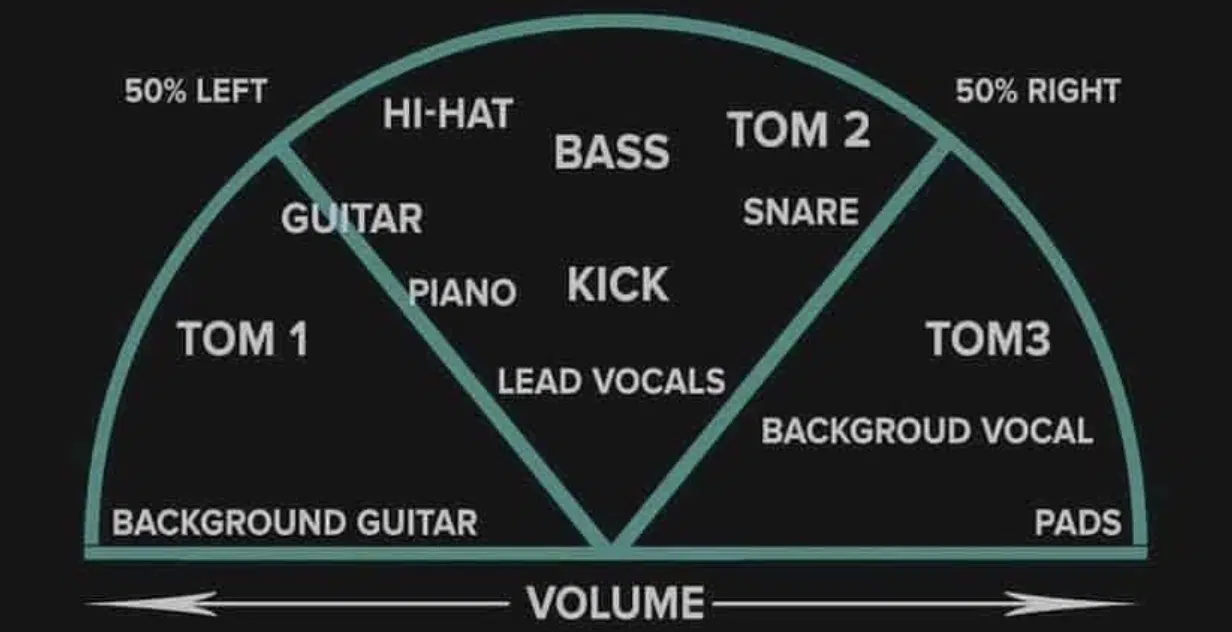
Use panning to spread percussion elements across the stereo field, giving your mix a wider and more dynamic sound.
For instance, pan shakers slightly to the left and tambourines to the right to avoid crowding the center.
Experiment with different hi-hat and percussion patterns to keep the groove interesting and engaging throughout your track.
By carefully programming your hi-hats and percussion, you can build a solid rhythmic foundation that drives your deep house track forward.
-
Adding Claps and Snares
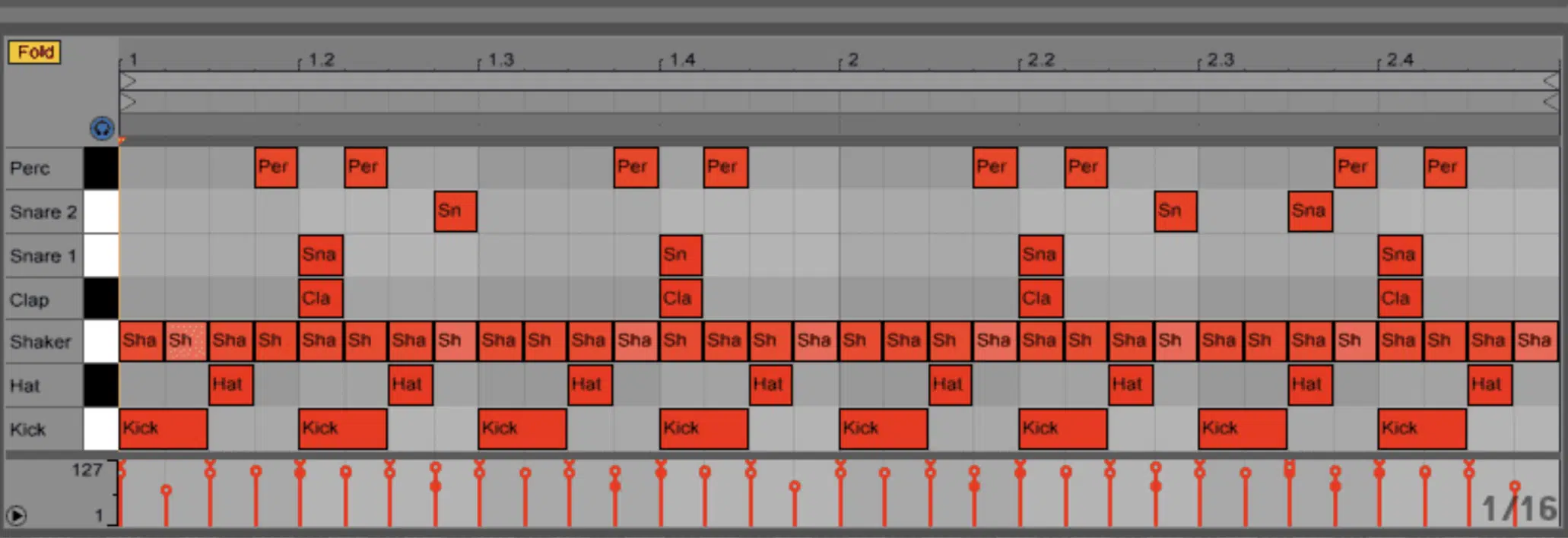
Claps and snares are essential for providing the backbeat in deep house music.
Start by selecting clap and snare samples that have a warm, organic sound, which is characteristic of many deep house tracks.
Layer multiple clap and snare samples to achieve a fuller, richer sound.
For example, combine a crisp, short snare with a wider, more reverb-heavy clap to create depth and presence.
Use EQ to carve out frequencies. Each layer should complement the other without causing muddiness.
Apply a touch of reverb to your claps and snares to create space and make them sit nicely in the mix.
Panning and volume adjustments can add further dimension to your claps and snares.
Slightly pan some of your claps left and right to create a wider stereo image, while keeping the primary snare centered for impact.
Use transient shaping to adjust the attack and sustain, making the claps and snares punchy without overpowering other elements.
Experiment with adding subtle delay effects to your claps for a more rhythmic feel, enhancing the groove of your track.
By carefully designing and placing your claps and snares, you can reinforce the groove and add professional polish to your deep house production.
Melodic Elements
Melodic elements are what gives a deep house track its signature sound. If you want your songs to really stand out and sound professional, it’s the key.
-
Chords and Pads
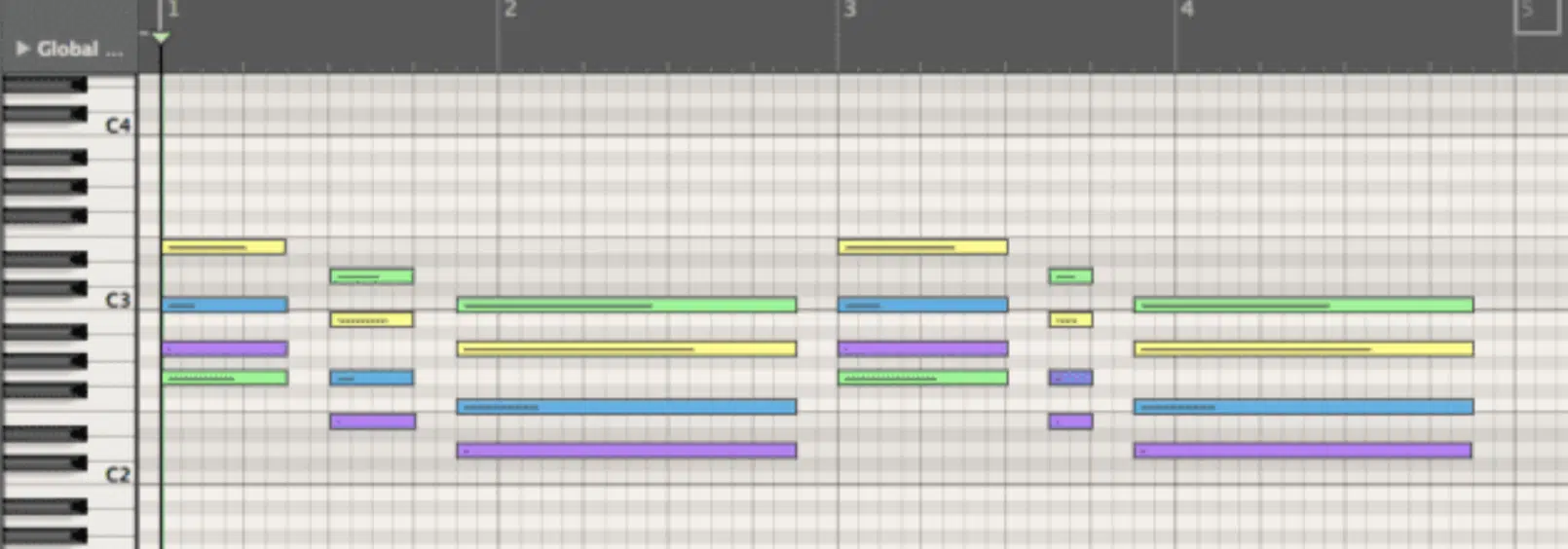
When you’re learning how to make deep house music, chords and pads are VIPs, addings harmonic depth.
Start with simple waveforms like sine or triangle and add subtle modulation to create movement.
Play emotive chord progressions, focusing on minor chords to maintain the deep house vibe; a common progression might be i-iv-v (minor tonic to minor subdominant to minor dominant).
Layer different pad sounds to create a rich, evolving texture 一 combining a basic pad with a noise layer for added complexity.
Use modulation effects like chorus and phaser, and apply slow attack and release to ensure smooth swells, maintaining the laid-back feel of deep house.
Experiment with reverb and delay to create a spacious atmosphere, using automation to dynamically adjust filter cutoffs or reverb levels for variation.
Pads should complement the bass line and other elements without overwhelming the mix for a warm background that enhances the overall sound.
Pro Tip: Incorporate an electric piano for a classic deep house sound.
Use the electric piano to play the key element of your chord progression, and layer it subtly under your kick track to add warmth and depth.
-
Designing Your Lead Synth
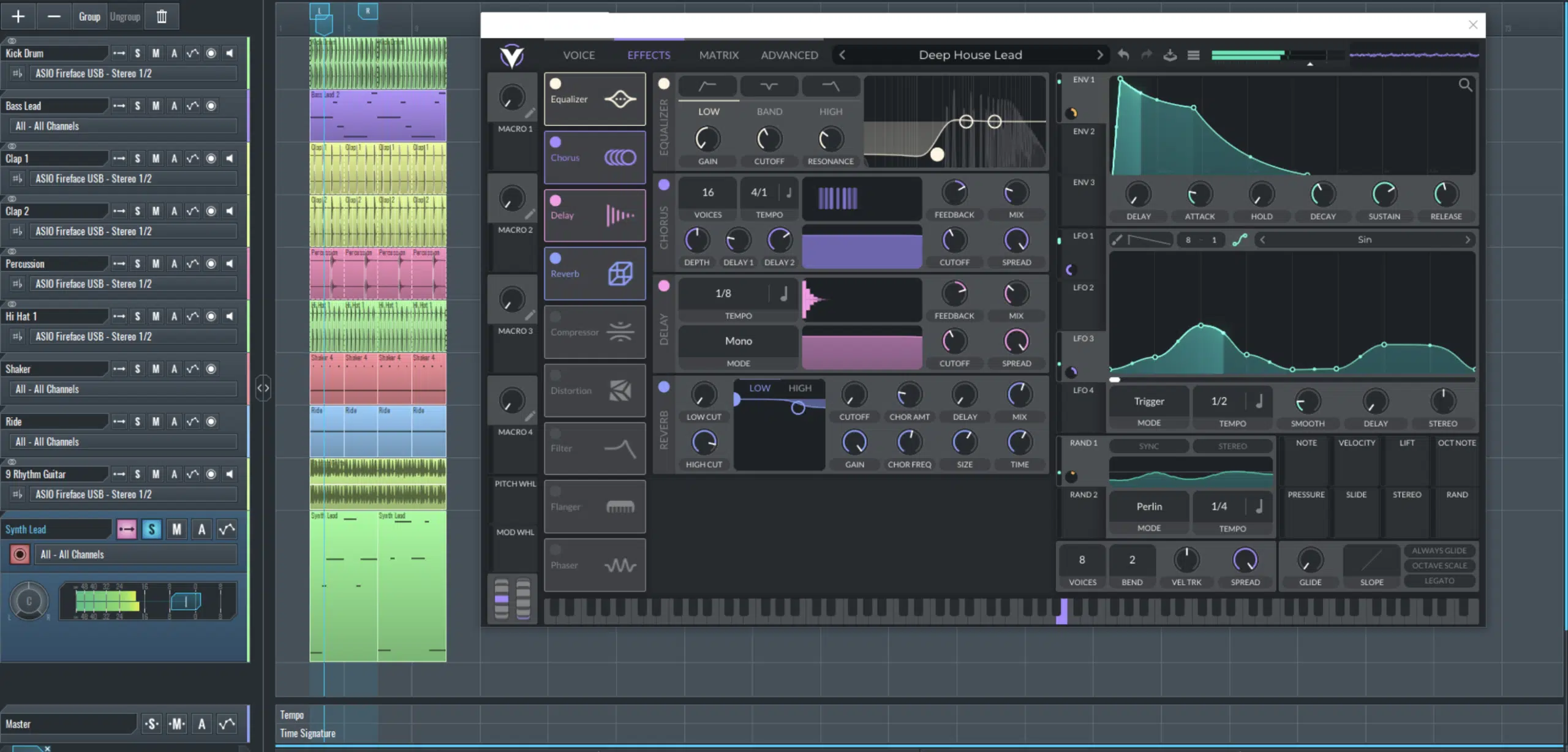
Lead synths are the main melodic elements in deep house music.
Use synths like Sylenth1 or Massive to design your lead sounds, starting with a saw wave for a rich, full-bodied tone.
Make sure to create catchy melodies that complement your chord progressions and bass line.
You can incorporate simple, repetitive phrases with slight variations for added interest.
Emphasize off-beats to sync with the deep house groove and, for extra space and depth, apply effects like:
- Reverb
- Delay
- Chorus
A ping-pong delay can create a wide, bouncing effect that fills the stereo field, making the lead sound more dynamic and engaging.
Experiment with sound design techniques like FM synthesis and wavetable modulation to create unique lead lines.
Adjust attack and release settings to shape the lead (making it punchy/smooth as needed).
Use automation to add dynamics and variation, such as modulating the filter cutoff or introducing a phaser effect during a breakdown.
Remember that your lead synths should stand out in the mix while blending with the overall vibe, so they’re not overpowering and don’t mess up the other elements.
With epic lead synths, your deep house track is sure to hypnotize your listeners, keeping them engaged throughout.
Arrangement Techniques
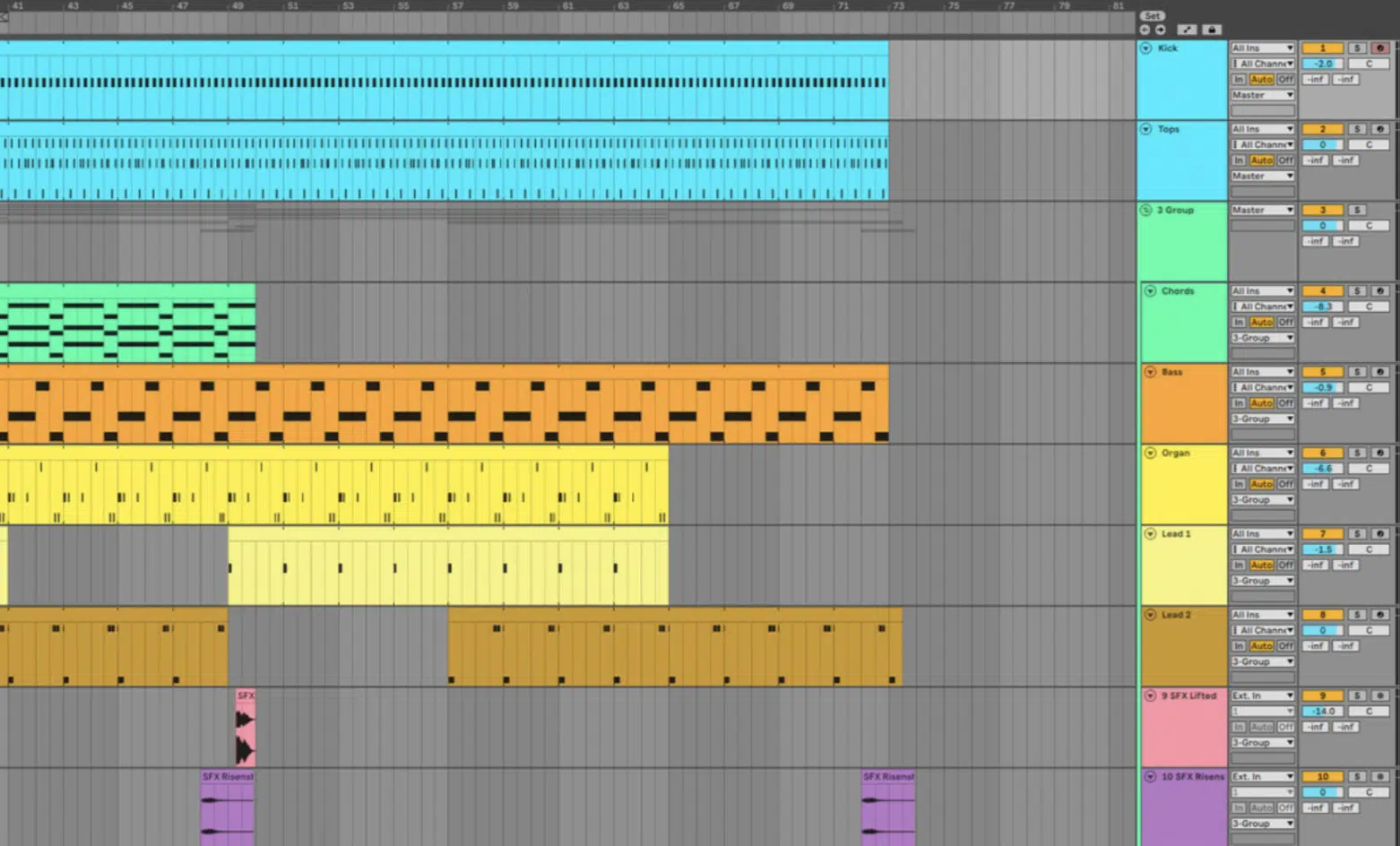
When it comes to structure, you’re going to want to start with a simple intro, gradually adding elements to build up tension.
Use breakdowns to create contrast and highlight key elements.
For example, remove the drums and bass during the breakdown to create a sense of anticipation, which people really respond to.
Also, to smoothly connect different sections of your track, add transitions like:
- Risers
- Sweeps
- Iimpact sounds
And, like we talked about, use automation to control the volume, panning, and effects of your elements 一 adding dynamics and interest to your arrangement.
Transitions are key to maintaining the flow of your track.
For example, you can use white noise risers to build up energy before a drop.
Add effects like reverb and delay to create smooth transitions between sections and always play around with different transition techniques.
You never know what you might stumble across.
The goal is to create a super seamless listening experience that keeps the audience engaged from start to finish.
Pay attention to the structure of your favorite deep house productions for inspiration for your own deep house track.
-
Pro Tip: Adding Vocals
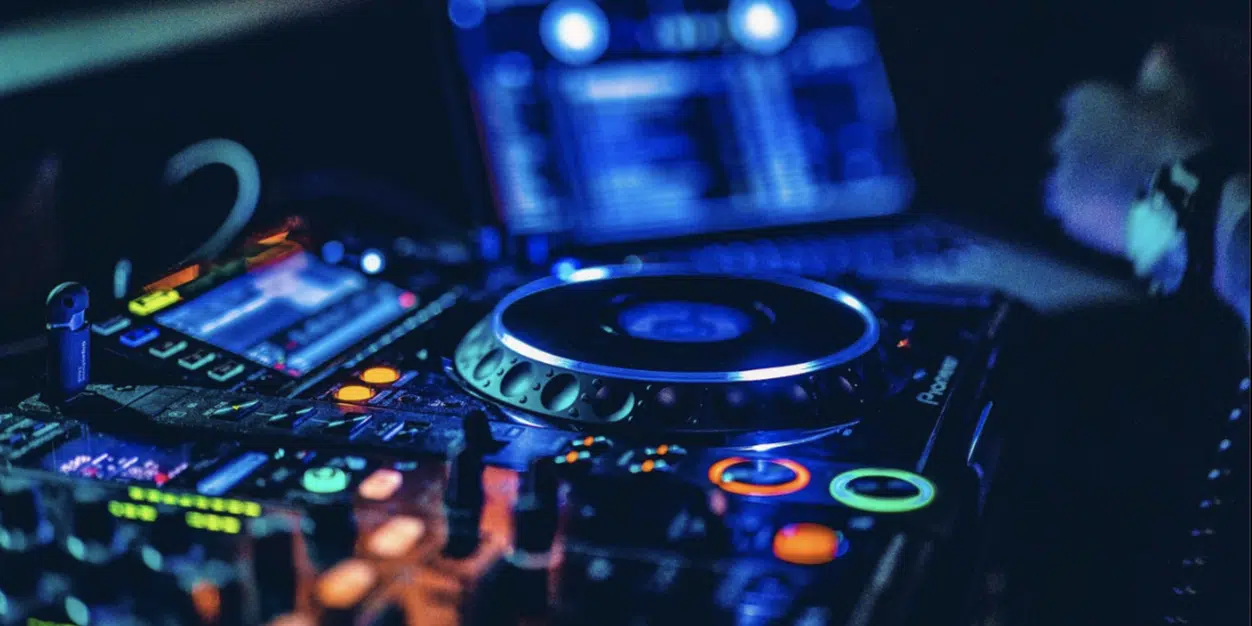
Vocals can add a unique touch to your deep house track 一 you can record your own vocals or use pre-recorded vocal samples.
Process your vocals with EQ to remove unwanted frequencies and add clarity.
Then, use compression to even out the dynamics and make the vocals sit well in the mix and add delay and reverb to create a sense of space and depth.
Try messing around with chopping and pitching your vocals to create interesting vocal hooks and phrases; it sounds super intriguing.
Use sidechain compression on the vocals to ensure they don’t clash with the kick drum and other elements and make sure everything flows smoothly.
Bonus: 7 Advanced Deep House Production Tips
Learning how to make deep house music is not just about arranging and incorporating all the elements.
It’s about getting creative, making sure everything sounds professional, and playing around with more advanced techniques.
The following advanced deep house production tips will help ensure your tracks always have a unique edge and blow the competition away.
#1. Advanced Layering Techniques

Use parallel processing to add depth. For example, duplicate your bass track and apply different EQ and compression settings to each duplicate. Blend them together to create a fuller, more complex bass sound.
#2. Creative Automation
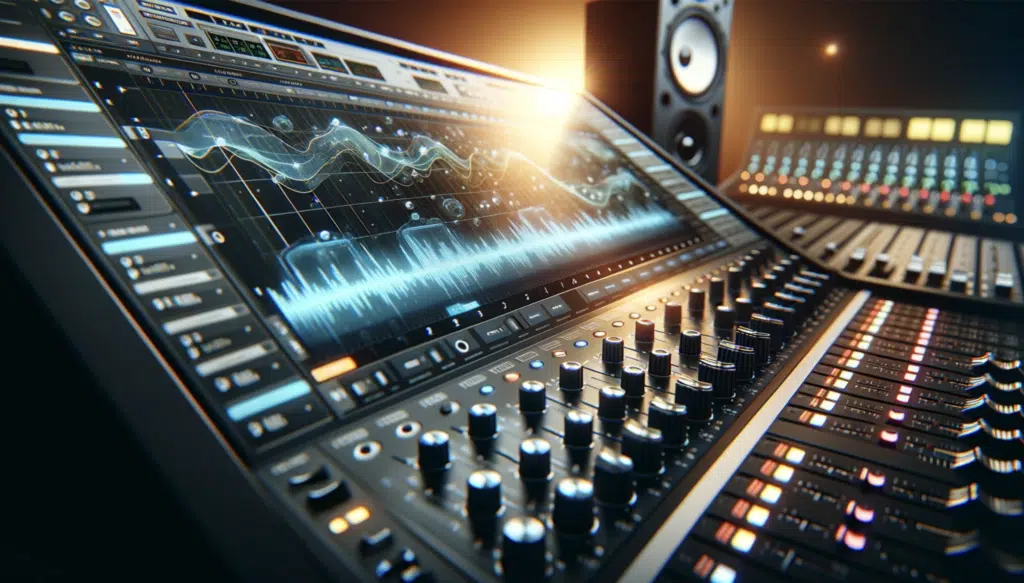
Add dynamic movement by automating multiple parameters. For instance, automate the cutoff frequency of a filter on your lead synth during the build-up and drop to create a sweeping effect that adds tension and release.
#3. Modular Synthesis
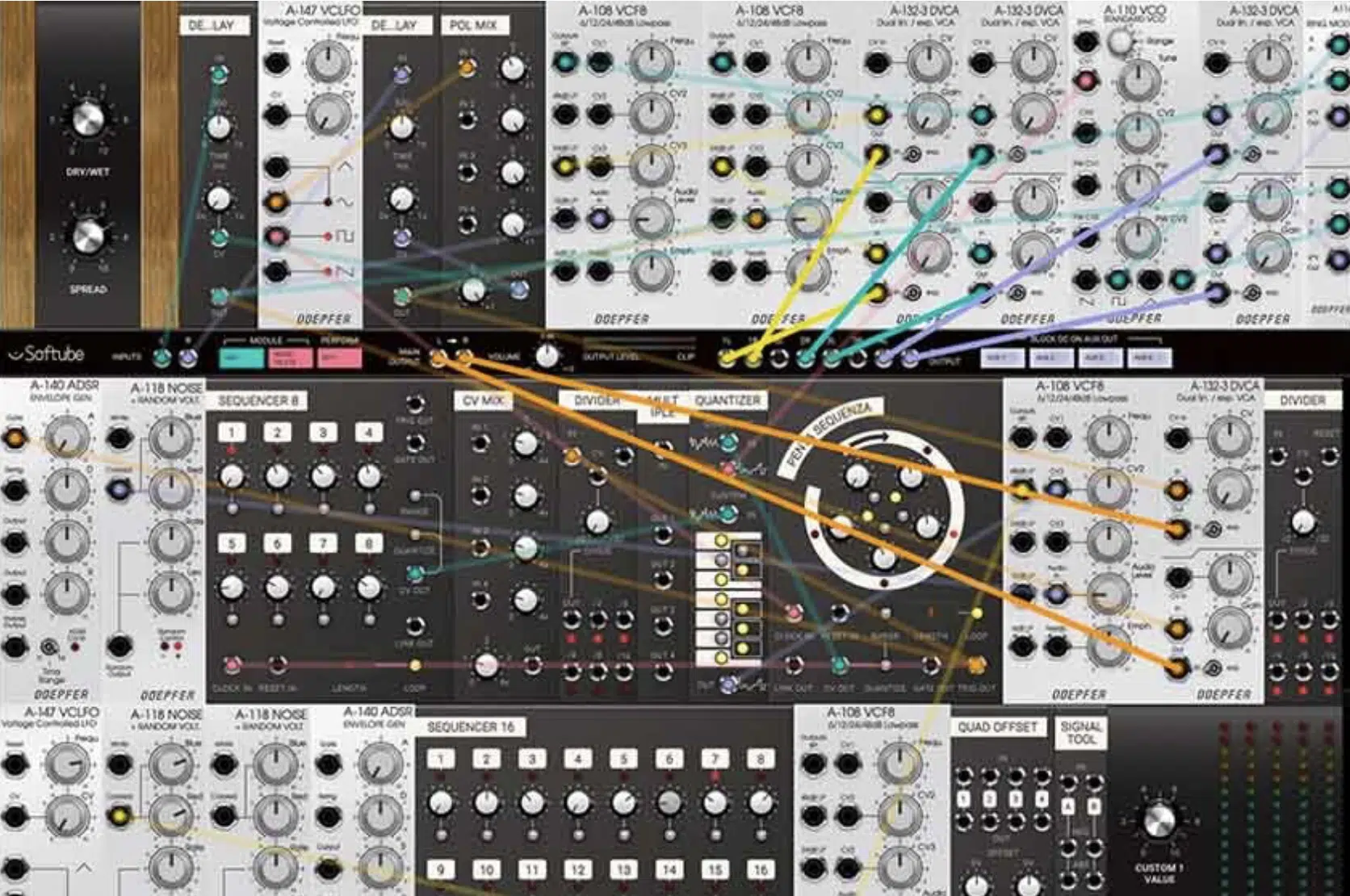
Integrate more synth elements modularly. For example, try using a modular system or software like VCV Rack to create unique textures and sequences that traditional synths can’t produce. Incorporate these into your tracks to add an experimental edge. Electronic music fans really go crazy for it.
#4. Field Recordings
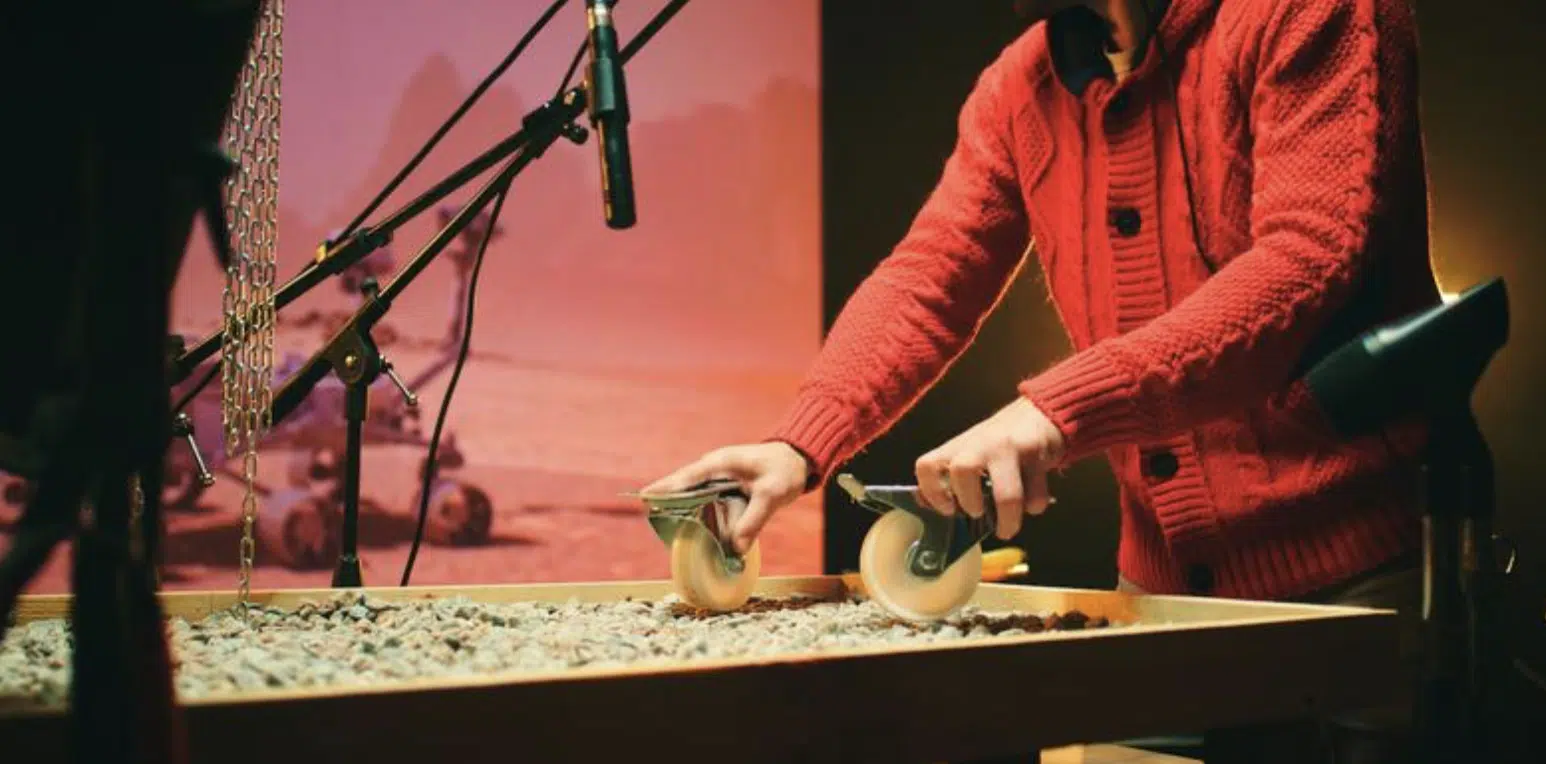
Try throwing in some unique field recordings. Simply record sounds from your environment, like cityscapes or nature, and layer them subtly in your tracks. For example, blend a distant thunderstorm recording with your pads to create a unique atmospheric background. Or, of course, use samples.
#5. Advanced EQ Techniques For Deep House Music
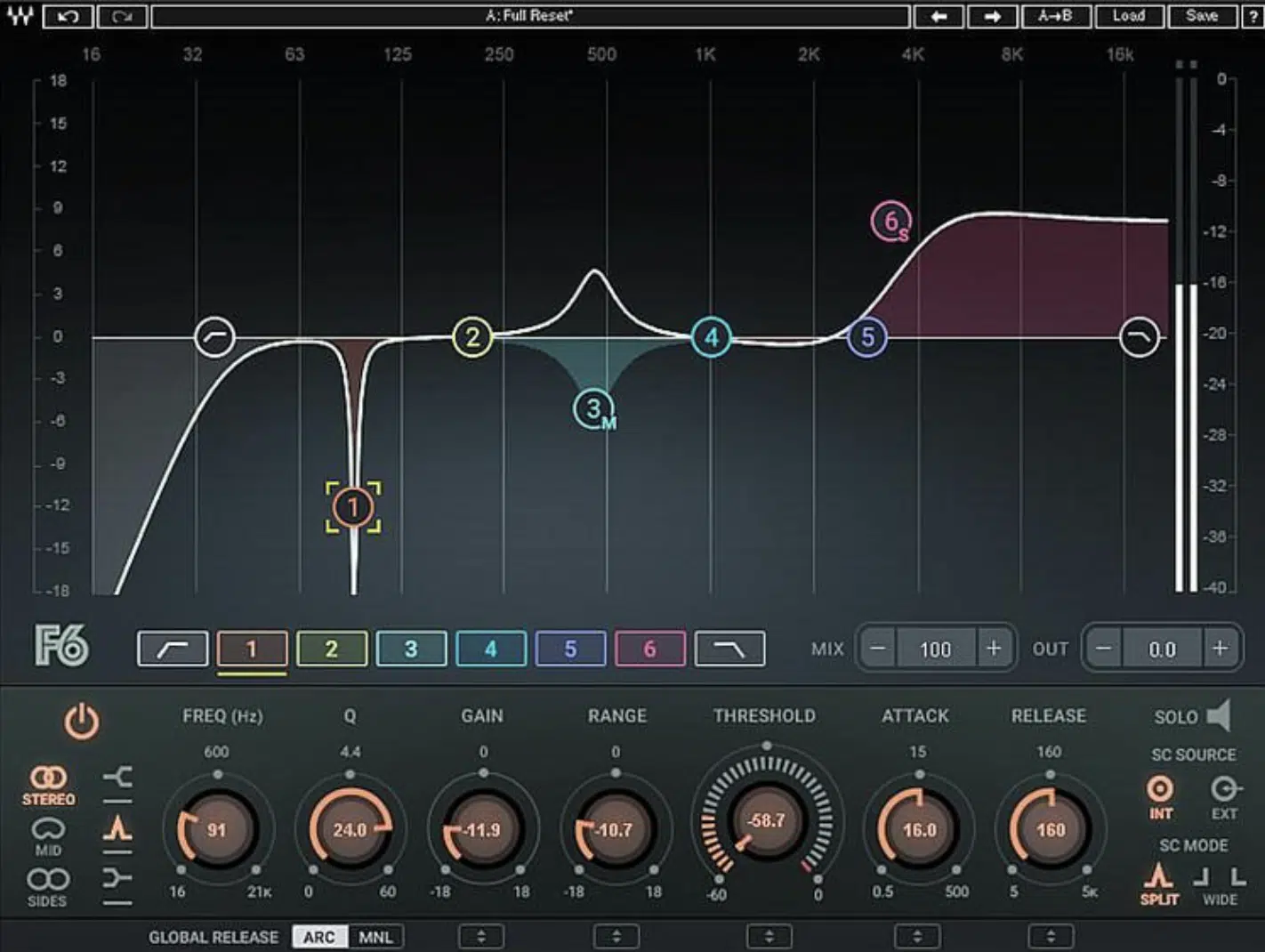
Use dynamic EQ to tackle frequency issues that vary over time. Apply a dynamic EQ to tame resonant frequencies that appear only during certain parts of your track, ensuring a clean mix without compromising on loudness. Believe me, your next new track will thank you.
#6. Sidechain Compression Variations
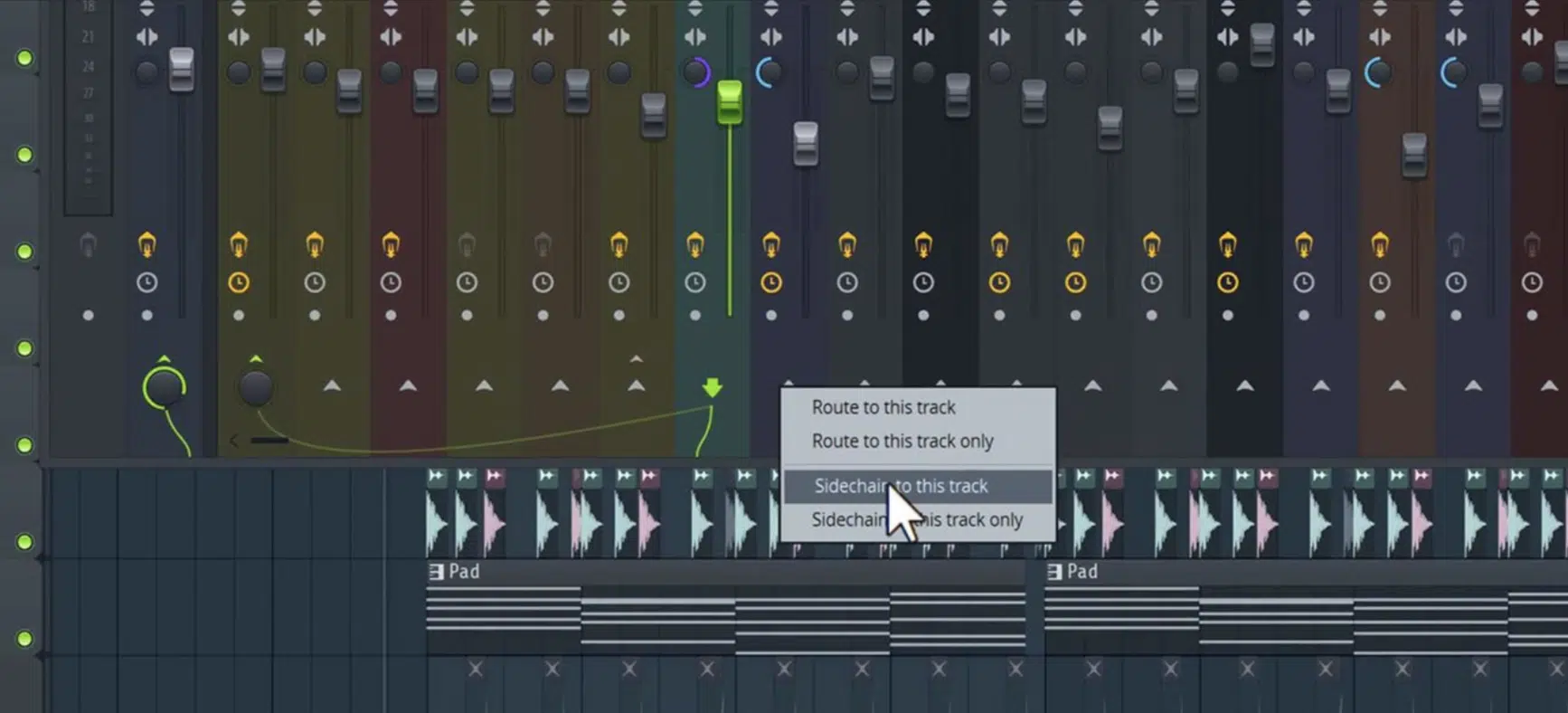
Experiment with sidechain compression on different elements. Instead of just sidechaining the bass to the kick, try sidechaining pads or even percussion elements to create rhythmic pumping effects that add groove and interest. By doing so, you’re opening yourself up to a whole new world of sounds.
#7. Layering Drum Patterns

Mix traditional and unconventional drum patterns when you’re learning how to make deep bass tracks. Combine a standard deep house drum loop with breakbeat elements. For instance, layer a classic closed hi-hat pattern with shuffled breakbeat snares to create a unique rhythm section. Also, when you’re learning how to make deep house music, it’s always super beneficial to use a reference track (classic deep house is always best, like Mr. Fingers).
Final Thoughts
Learning how to make deep house tracks is a little challenging; it requires patience, creativity, and a sharp ear for detail.
You need to make sure your rhythms are tight and your harmonic elements are not overwhelming.
By using the tips, tricks, and processes we broke down in today’s article, you’ll have no issues making deep house music that is both captivating and professional.
To make this process even easier, you’ve got to download the industry-favorite House & Deep House MIDI Drum Collection.
This pack contains over 250 drag & drop MIDI files that you can throw right into your project, all created by the world’s top producers.
As we talked about, percussion and having that perfect kick & clap pattern are the cornerstones of a great house track.
And with this pack, you’ll have access to the world’s top (proven) hit drum patterns.
It’s the easiest and most effective way for you to create high-quality House & Deep House drum patterns and boost your chances of making a hit song.
If your goal is making deep house music that cannot be ignored or downplayed, this pack is the key.
Now that you know everything you need to know about how to create deep house beats, it’s time to create!
So, go make some legendary tracks and share your unique sound with the world so you can take over the dancefloor and get the industry’s attention.
Until next time…







Leave a Reply
You must belogged in to post a comment.